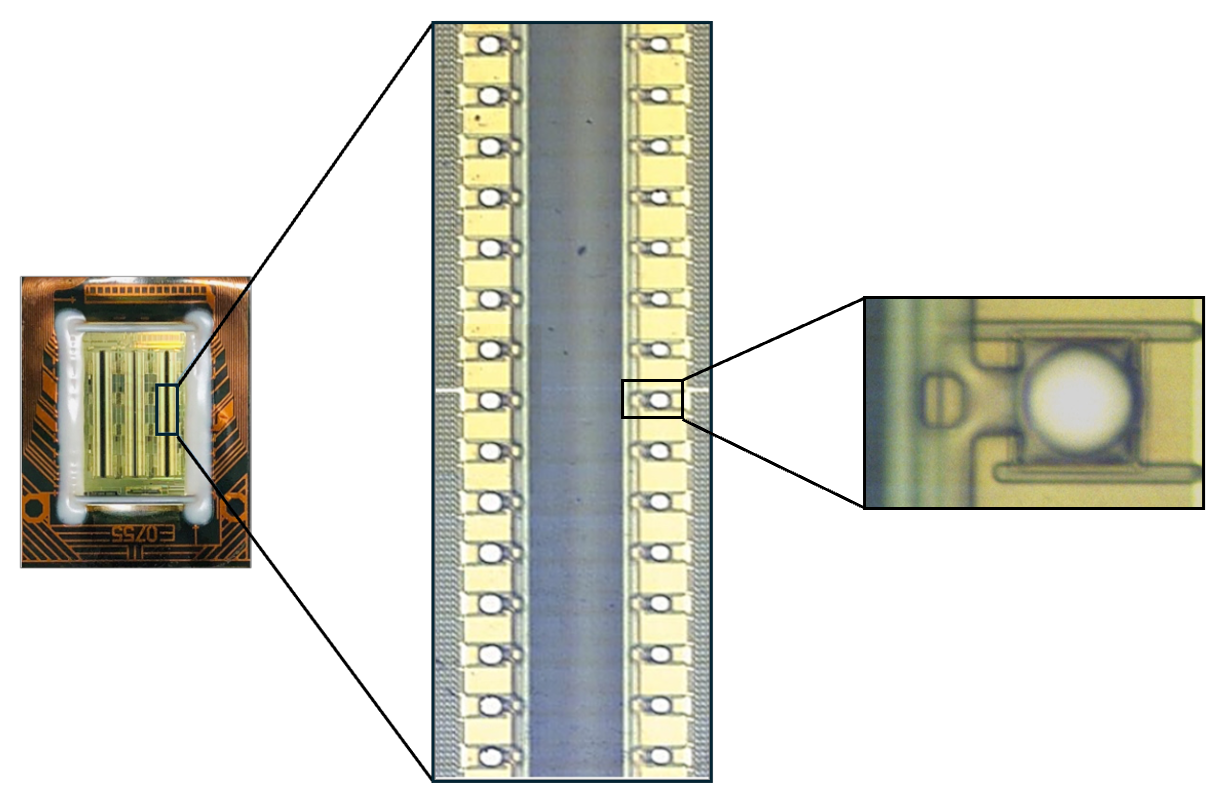Reviewed by Lexie CornerMay 8 2024
Drug delivery researchers at Oregon State University have created a device that could enhance gene therapy for patients with inherited lung diseases like cystic fibrosis, according to a study by Professor Gaurav Sahay published in ACS Nano.
 Microfluidic aerosolization platform. Image Credit: Oregon State University
Microfluidic aerosolization platform. Image Credit: Oregon State University
Scientists at the Ohio State University College of Pharmacy developed a unique approach for aerosolizing inhalable nanoparticles that could be utilized to carry messenger RNA, the technology powering COVID-19 vaccinations, to patients’ lungs in cell culture and mouse models.
According to the researchers, these findings hold significance, as the current nebulization technique for nanoparticles exposes them to shear stress, impeding their capacity to encapsulate genetic material and resulting in their aggregation in certain regions of the lungs instead of their uniform dispersion.
Sahay's group is studying lipid nanoparticles, or LNPs, as a gene delivery vehicle. They are particularly focused on cystic fibrosis, a degenerative hereditary disease that affects 30,000 individuals in the United States and results in a chronic lung infection. Approximately 1,000 new instances of the disease are detected each year.
The disease, caused by a defective gene known as the cystic fibrosis transmembrane conductance regulator, or CFTR, is characterized by lung dehydration and mucus accumulation that restricts the airways.
Lipids are compounds with fatty tails; they can be found in many natural oils and waxes. Nanoparticles are small chunks of material ranging from one to 100 billionths of a meter. Messenger RNA sends instructions to cells to produce a specific protein.
With coronavirus vaccines, the mRNA delivered by lipid nanoparticles instructs cells to produce a harmless fragment of the virus’ spike protein, eliciting an immune response from the body. As a cystic fibrosis treatment, the genetic material would fix the mutation in the patients’ CFTR gene.
We utilized a novel microfluidic chip that helps in generation of plumes that carry nanoparticles and does not cause any shear stress. This device is based on the similar idea of an ink-jet cartridge that generates plumes to print words on paper.
Gaurav Sahay, Professor, Ohio State University
According to Sahay, four years prior, he received a call from Rare Air Health Inc., an Oregon company, regarding the possibility of aerosolizing and delivering lipid nanoparticles using microfluidic technology.
Microfluidics is the study of how fluids behave as they pass through or are contained in microminiaturized devices equipped with channels and chambers. Fluids at the microscale are dominated by surface forces rather than volumetric forces, which means they behave substantially differently than in everyday life.
Sahay added, “When Rare Air came to me, I thought the device might work great for our purposes, and what followed were extensive studies that demonstrated the superiority of this device in generating aerosolized nanoparticles as compared to clinically used vibrating mesh nebulizers. The device does not let the nanoparticles aggregate and can deliver mRNA with higher precision than existing tech. The additional cool thing is that this device can be digitally controlled, and Rare Air is developing prototypes for human use.”
Oregon State researchers Yulia Eygeris, Jeonghwan Kim, Antony Jozić, and Elissa Bloom contributed to the study with Sahay. The collaboration also included scientists from Funai Microfluidic Systems in Lexington, Kentucky.
“Funai focuses on inkjet tech and building these chips at scale; they worked closely to enable the device to be suitable for aerosolization. This study demonstrates a marriage between new devices and formulation science that might hugely impact human health,” Sahay concluded.
The study was funded by the National Heart, Lung, and Blood Institute and Rare Air.
Journal Reference:
Kim, J., et. al. (2024) Microfluidic Platform Enables Shearless Aerosolization of Lipid Nanoparticles for mRNA Inhalation. ACS Nano. doi:10.1021/acsnano.4c00768.